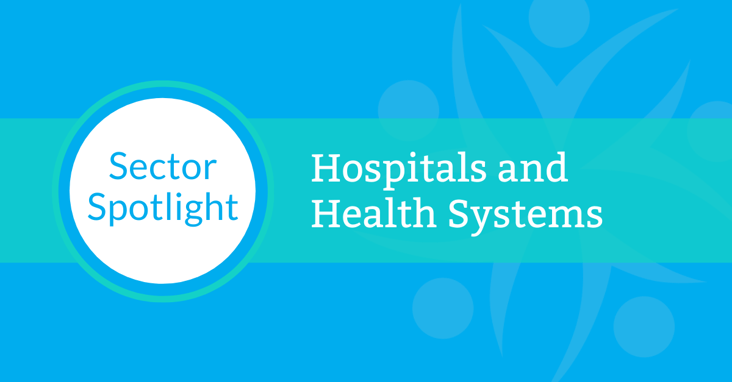
For many hospitals and health systems, the emergency room is the front line for care for patients who need psychiatric help. According to the National Council for Behavioral Health, the number of patients going to emergency departments for psychiatric services increased 42% over a recent three-year period. The problem is particularly serious in rural and remote areas where clinicians are scarce. In a recent Regroup survey, 62% of facilities said unmet patient need was their biggest challenge in delivering mental healthcare.
As health systems work to provide high-quality care while containing costs, more of them are looking beyond traditional in-person care delivery to innovative new models. By turning to telepsychiatry, these facilities can connect patients with preventive services, improve cost efficiencies and avoid unnecessary hospitalizations.
In the latest version of our Sector Spotlight series, we focus on how telepsychiatry can deliver both clinical and operational benefits for hospitals and health systems.
Why Telepsychiatry?
By connecting patients and behavioral health clinicians virtually from anywhere, health systems can:
- Improve access to care
- Encourage patients to seek care through primary care providers
- Reduce avoidable hospital admissions
- Find new cost efficiencies
Beyond reducing avoidable admissions, health systems can leverage telepsychiatry to uncover ROI in other ways, too. These include dramatically reducing recruitment costs by accessing a turnkey network of qualified clinicians, as well as improving clinician productivity by right-sizing services and allowing in-house staff to focus on their core strengths. In addition, telepsychiatry can help health systems tap into new sources of revenue, including new patient enrollments, reducing cancellation rates and maximize reimbursements for patient visits.
Steps for Success
While an external telepsych partner can provide valuable support, not all partners are created equal. By working with a partner that combines a diverse clinician network and hands-on, ongoing support, organizations can launch successful programs that deliver care where and when it’s needed most.
- Find the right approach
- Find the right clinicians
Many organizations find they need clinicians with highly specialized skills to treat specific patients or conditions, making it especially difficult to find the right hire. Meanwhile, in-house staff can become overwhelmed with needs they may not be well-equipped to handle. An experienced telepsych partner like Regroup can provide access to a large and diverse pool of clinicians so organizations can find the right fit for their specific patient demographics and needs. Regroup can help integrate teleclinicians into the on-site care team, enabling in-house providers to play to their strengths. They focus on long-term placements so that patients see the same clinician week in and week out, providing continuity that leads to more personalized, effective care.
- Find the right partner
Choosing the right partner is key for long-term program success. Look for a company that can provide you with a robust technology and information system, the ability to help maintain the relationship between clinician and clinic, and the expertise to integrate a responsive support system that provides solutions for every aspect of the program.
“Regroup has been a tremendous partner to our organization as we roll out an array of telepsychiatry options, including innovative consultative and patient treatment approaches,” says Luke Raymond, manager of behavioral health at OSF HealthCare.
To learn more about how telepsychiatry is helping OSF HealthCare deliver value to its patients and organization, read our case study or listen to the on-demand webinar.
View the on-demand webinar
.png?width=170&height=100&name=Array_rgb%20(1).png)
